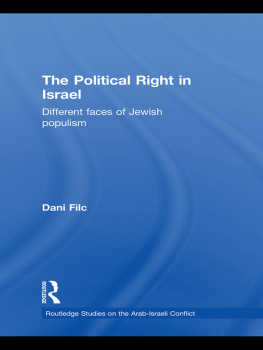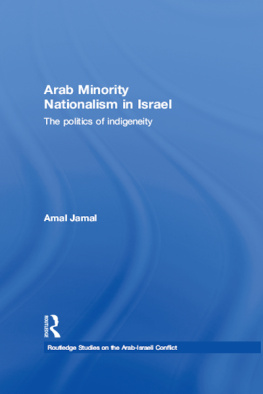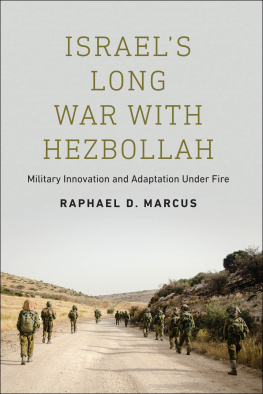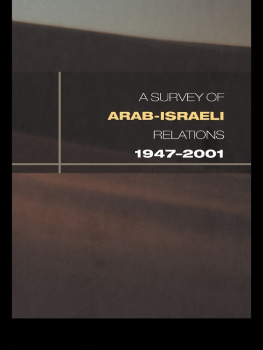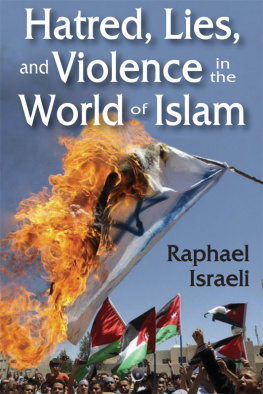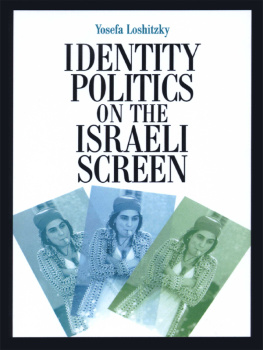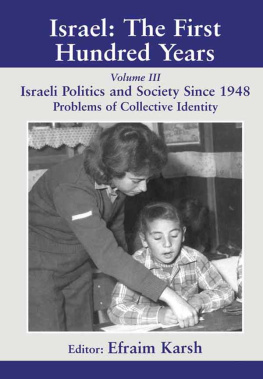
Cathrine Thorleifsson earned a PhD in Anthropology from the London School of Economics and Political Science in 2012. Her chief theoretical interests lie in anthropological approaches to the study of nationalism, identity, ethnicity and xenophobia. Thorleifsson has a great deal of experience in the Middle East both as a researcher and development practitioner. She has studied Arabic at the University of Damascus and Hebrew at the University of Haifa. Thorleifsson is currently Postdoctoral Fellow at the Department of Social Anthropology, University of Oslo where she is affiliated with the ERC-funded Overheating: The Three Crises of Globalisation and the NFR-funded European Strains. Nationalism and the Politics of Fear in Israel is her first book.
[This book] sheds unique light on life and politics in Israel. Mizrahim are Jews of Middle-Eastern origin who have been and still are categorically discriminated against in and by the state of Israel, dominated as it is by European Jews. Thorleifsson shows how Mizrahi respond to this domination and to the extraordinarily intense nationalism to which government and other institutions subject the whole population of the country Her book will provide a new and vital baseline from which to read the news coming from Israel.
Stephan Feuchtwang, Professor Emeritus in Anthropology, LSE
[This] book is rigorously constructed, yet refreshing to read. Its great strength is that it does not seek to analyse the region through the state-led categories of Israel-Palestine, or Jew-Arab, but rather produces a nuanced ethnographic examination of how identity categories are used and understood in practice.
Tobias Kelly, Professor of Social Anthropology, The University of Edinburgh
NATIONALISM
AND THE
POLITICS OF
FEAR IN ISRAEL
Race and Identity on the Border with Lebanon
C ATHRINE T HORLEIFSSON
Published in 2015 by
I.B.Tauris & Co. Ltd
London New York
www.ibtauris.com
Copyright 2015 Cathrine Thorleifsson
The right of Cathrine Thorleifsson to be identified as the author of this work has been asserted by the author in accordance with the Copyright, Designs and Patents Act 1988.
All rights reserved. Except for brief quotations in a review, this book, or any part thereof, may not be reproduced, stored in or introduced into a retrieval system, or transmitted, in any form or by any means, electronic, mechanical, photocopying, recording or otherwise, without the prior written permission of the publisher.
Every attempt has been made to gain permission for the use of the images in this book. Any omissions will be rectified in future editions.
References to websites were correct at the time of writing.
Library of Modern Middle East Studies 154
ISBN: 978 1 78076 750 5
eISBN: 978 0 85773 910 0
A full CIP record for this book is available from the British Library
A full CIP record is available from the Library of Congress
Library of Congress Catalog Card Number: available
In loving memory of my mother, Berit Furberg (19542014), a creative dreamer and passionate doer who taught me lessons of endurance and joy.
LIST OF ILLUSTRATIONS
Map of Israel (Courtesy of the author).
The museum of history located in the former mosque of Al-Khalsa. (Photo courtesy of the author).
Family tree for the Chackotay family. (Courtesy of the author).
The Chackotay family sukkah. (Photo courtesy of the author).
Family tree for the Zakay family. (Courtesy of the author).
The bus station in Kiryat Shemona decorated with national flags and flags from various military units. (Image courtesy of the author).
The metonymic image of banal nationalism is not a flag which is being consciously waved with fervent passion; it is the flag hanging unnoticed on the public building (Billig 1995: 8).
Gilad is still alive banner hanging from a private home in Kiryat Shemona. (Photo courtesy of the author).
Public procession of a Torah scroll in Kiryat Shemona, October 2008. (Photo courtesy of the author).
The Red Army. (Image courtesy of the author).
A choir performing in front of a soldier in a glowing sunset. (Photo courtesy of the author).
A Question of Identity Interview with the anthropology student. (Rein in Meidat Shemona, 17 October 2008).
The Nation of Israel Lives. (Photo courtesy of the author).
ACKNOWLEDGEMENTS
Writing this book has been the result of nearly a decade of academic work in Israel and the Middle East. This journey would not have been possible without the many companions I have had for shorter or longer periods. First of all I thank the many people I met in Israel who generously helped me with my research. Shay Fahima, Yiftach Chozev and Rinat Zaid introduced me to their network of friends and relatives. I owe my great thanks to families in Kiryat Shemona for allowing me into their private lives and sharing their stories and daily experiences.
I express my sincere gratitude to my supervisors Martha Mundy and Stephan Feuchtwang at LSE Department of Anthropology for firm guidance and mentorship for six years. Martha has always pushed me to recognise forms of power and offered welcome forays into political anthropology. Stephan has been generous with theoretical frames of reference and given insightful comments on early drafts. Yonay Yuval, my supervisor at the University of Haifa, gave valuable advice on the political sensitivities of research on Israeli society and provided me with direction at crucial steps.
Fellow researchers in the field, Vivienne Jackson, Rebecca Steinfeld and Tilde Rosmer, and their critically informed engagement with Israeli and Palestinian society have been a constant source of inspiration. I am grateful for the many conversations and sense of community with fellow researchers from LSE; particularly, Kimberly Chong, Alanna Cant and Miranda Sheild Johansson. My dear friends Roda Ahmed Hermansen and Esther Buchmann have provided much appreciated long-distance morale boosting.
I gratefully acknowledge the institutions that funded this project. The Israeli Ministry of Foreign affairs provided two scholarships in 2006 and 20078 covering Hebrew-language training. The Norwegian Research Council provided a three-year state-funded scholarship from 2008 to 2010. I am grateful to the Center for Studies of Holocaust and Religious Minorities for welcoming me as a visiting researcher in 2012. I thank previous and current employers, Fafo Institute for International Studies and the Department of Social Anthropology at University of Oslo, for providing me with the institutional support and material security needed to finish this book. I thank my mother Berit Furberg for her ever-present enthusiasm and generosity, and my father Thorvald Grung Moe for his newspaper clippings and reading suggestions. Finally, I express my heartfelt gratitude to my husband Tobias for his unconditional love and forbearance during my research-induced mood swings. Thank you for being such an involved father for our daughters Ragna and Rikke who became wonderful additions to our family in 2010 and 2014. Your strong support has made it all worthwhile.
Cathrine Thorleifsson


